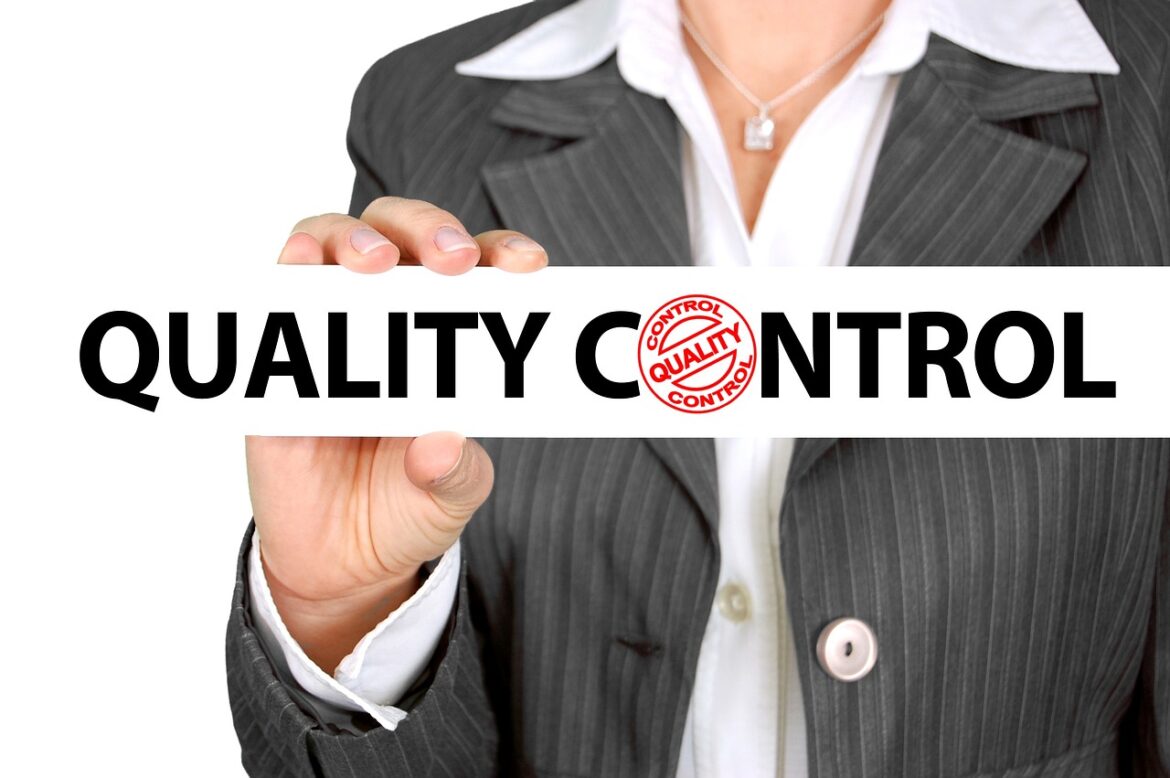In the dynamic landscape of today’s professional world, teamwork lies at the heart of organizational success. However, even the most talented and dedicated individuals can face challenges when working together as a team.
‘Navigating the Top Dysfunctions of a Team: Strategies for Success’ delves into the intricate dynamics that often hinder team performance, offering valuable insights and practical solutions to overcome these hurdles. This insightful guide explores the common dysfunctions that teams encounter, ranging from communication breakdowns and lack of trust to conflicts and goal misalignment.
By examining these issues in depth, this resource equips readers with effective strategies and techniques to foster collaboration, enhance communication, and build a cohesive team environment. Whether you’re a team leader, manager, or team member, this article provides actionable advice, empowering you to transform dysfunctional team dynamics into a thriving, harmonious collaboration that drives success.
1. Understanding the common dysfunctions of a team
Understanding the common dysfunctions of a team is crucial in order to develop effective strategies for addressing them. Some common dysfunctions include a lack of communication among team members which hampers collaboration and coordination efforts. Conflict avoidance is another dysfunction that can hinder progress by preventing necessary discussions or resolutions. Building trust within the team is also vital as it promotes effective teamwork and encourages open dialogue. By recognizing these dysfunctions and taking proactive steps to address them, teams can optimize their performance and achieve greater success.
The negative consequences of team dysfunction can be detrimental to the overall performance of an organization. When communication and collaboration suffer, productivity takes a hit, deadlines are missed, and the team lacks a sense of unity. Trust issues among team members can further exacerbate these problems, leading to poor decision-making processes and an inability to resolve conflicts. Without effective strategies in place to address these dysfunctions head-on, organizations risk creating a work environment that is filled with tension and frustration. This can result in decreased employee morale and motivation, which ultimately hampers creativity and innovation.
In order to avoid these negative outcomes, team leaders and members must actively work towards fostering open communication, building trust, setting clear goals and expectations, and providing opportunities for professional development. By doing so, organizations can create a more positive and productive work environment that ultimately leads to greater success.
2. Strategies for improving communication within the team
Effective communication is the cornerstone of a high-performing team. Open and honest communication fosters trust, encourages collaboration, and ensures that everyone is on the same page.
To improve communication within your team, start by cultivating an environment where all members feel comfortable expressing their thoughts and ideas. Active listening plays a crucial role in this process – it shows respect for others’ perspectives and allows for better understanding.
Additionally, regular team meetings provide opportunities for open discussions, updates on progress, and addressing any concerns or questions that may arise. Utilizing communication tools such as project management software or instant messaging platforms can also streamline communication and keep everyone connected in real time.
3. Building trust and collaboration
Building trust within a team is no easy task, but it is essential for fostering collaboration and driving success. One effective strategy for building trust is through team-building activities. These activities can range from icebreaker games to more complex problem-solving exercises that require members to work together towards a common goal. By engaging in these activities, team members have the opportunity to learn more about each other’s strengths, weaknesses, and communication styles, which helps to build mutual trust and understanding.
Another strategy for building trust is by encouraging vulnerability among team members. This means creating an environment where individuals feel safe enough to share their ideas, concerns, and even mistakes without fear of judgment or retribution. When team members are willing to be vulnerable with each other, it deepens the level of trust and establishes a sense of psychological safety within the team.
Promoting a supportive team culture is also crucial for building trust. This involves recognizing and celebrating individual achievements, providing constructive feedback when needed, and creating opportunities for collaboration and recognition. When team members feel supported by their peers and leaders, they are more likely to trust one another and work together towards shared goals.
4. Addressing conflict and promoting constructive disagreements
Addressing conflict in a healthy manner is crucial for maintaining a high-functioning team. When conflicts arise, it is important to approach them with an open mind and a willingness to listen. Active listening involves truly hearing what the other person is saying, without interrupting or formulating responses in advance. This allows for a better understanding of each other’s perspectives and helps to de-escalate tensions.
Seeking common ground is another effective strategy for addressing conflicts. By finding shared goals or interests, team members can work together toward a resolution that benefits everyone involved. This approach promotes collaboration and encourages compromise.
Encouraging constructive feedback is also vital when dealing with conflicts. Instead of resorting to personal attacks or blame, team members should focus on providing feedback that is specific, actionable, and respectful. This creates an environment where conflicts can be resolved through productive discussions rather than escalating into destructive arguments.
5. Establishing clear goals and roles
Establishing clear goals and roles is essential for creating a high-performing team. When everyone understands their responsibilities and knows what they are working towards, it promotes efficiency and accountability.
To set clear goals, start by ensuring that they are specific, measurable, achievable, relevant, and time-bound (SMART). This framework helps to clarify expectations and provides a roadmap for success. Additionally, involve team members in the goal-setting process to increase ownership and buy-in.
Role clarity is equally important. Each team member should have a clear understanding of their individual responsibilities as well as how their role contributes to the overall team objectives. Regularly communicate expectations and provide resources or training when necessary to ensure that everyone is equipped to fulfill their duties effectively.
Promoting accountability within the team involves holding each other responsible for meeting deadlines and delivering quality work. Establish regular check-ins or progress reviews to track progress toward goals. Encourage open discussions about challenges or obstacles that may hinder progress and collaboratively find solutions.
6. Encouraging continuous improvement
Encouraging a culture of continuous improvement is essential for the long-term success of a team. One effective strategy for fostering this culture is by conducting regular feedback sessions. These sessions provide an opportunity for team members to reflect on their performance, share insights, and receive constructive criticism. By openly discussing strengths and areas for improvement, individuals can learn from each other and collectively grow as a team.
Promoting innovation is another key aspect of fostering a culture of learning. Encourage team members to think outside the box, explore new ideas, and take calculated risks. By creating an environment that values creativity and experimentation, teams can discover innovative solutions to challenges and stay ahead of the competition.
Supporting professional development is also crucial for continuous improvement. Provide opportunities for skill-building workshops, trainings, or conferences that align with individual goals and team objectives. By investing in the growth of team members, not only will their skills improve but they will also feel valued and motivated to contribute their best work.
Conclusion
In conclusion, building a high-functioning team requires addressing the top dysfunctions that can hinder productivity and collaboration. It is crucial to foster a supportive team culture where individual achievements are recognized and celebrated, constructive feedback is given, and opportunities for collaboration and recognition are created. Conflict should be addressed in a healthy manner by actively listening, seeking common ground, and encouraging constructive feedback. Establishing clear goals and roles is essential for efficiency and accountability within the team. Clear goals should be SMART and involve team members in the goal-setting process. Role clarity ensures that everyone understands their responsibilities and how they contribute to the overall objectives. Promoting continuous improvement through regular feedback sessions, encouraging innovation, and supporting professional development helps teams grow and stay ahead of the competition. By implementing these strategies, teams can overcome dysfunctions and work together toward success.













